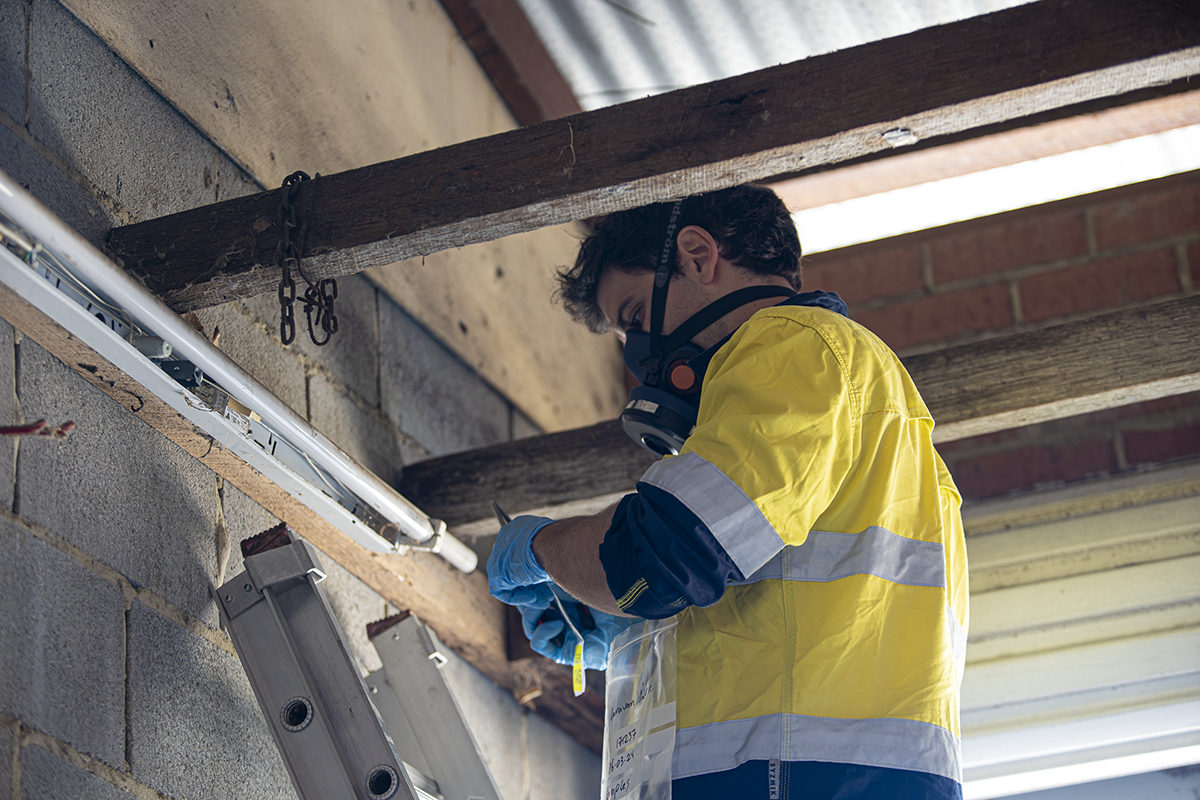Data and Strategy
Dust monitoring services are backed up with a full environmental consultancy that deals in regulatory compliance. The data procured is then used to develop and implement the most appropriate dust control strategy.
Monitoring System Installations
Our specialists are able to install complete systems to meet client specifications and regulatory standards. Remote data systems installed give real time alerts and warnings to clients 24 hours a day.
Equipment Servicing
Equipment servicing including maintenance and repairs are completed in-house. There are no additional servicing charges for any of our equipment.
Dust Health Risks
Employers have a legal obligation to ensure safe working environments for all employees. Conditions must meet regulatory standards which are present across different industries from construction to mining. The prevention of occupational diseases continues to remain a top priority as new regulations are instituted.
One concern is health risks related to excessive exposure to dust. This continues to be an issue particularly for industries such as construction and mining. Inhaling dust particles over a long period of time contributes to lung disorders and other diseases. Particles from 0.001 to 0.1mm pose serious health concerns for the respiratory system. Precautions must be taken to ensure working conditions are safe for all personnel.
According to occupational safety procedures, assessing air quality is critical to prevent and minimise hazards in the working environment. Dust monitoring is conducted to measure and assess the concentration of airborne dust in the environment. Tests should only be carried out by qualified specialists with the appropriate equipment.
The information gathered during the air sampling process is essential to create an effective dust control strategy.
Environments such as construction sites are especially prone to health risks from airborne dust. A dust control strategy is necessary to minimise risk to all personnel and ensure conditions are safe. It also requires:
- Establishment of a program for dust control;
- Continuous monitoring of airborne particles; and
- Implementation to control dust exposure.
Reporting and Analysis
Results from the air testing and dust monitoring are reported back to clients meeting all regulatory standards. Our self managed systems are capable of measuring 3 particle sizes of dust in real time including PM1, PM2.5, and PM10. All units have their own power source and do not require mains power.
Our team are able to move monitoring equipment on a two hours’ notice within the Perth metropolitan area. The data downloaded from the units can be set at intervals according to client requirements. One fixed charge is made per billing cycle with absolutely no hidden fees or service charges.
SERS currently services subdivision sites with complete coordination between consultancy services and data procured under one service stream. Using our services ultimately helps your organisation save valuable time and money throughout the monitoring process. We offer highly competitive rates for a wide range of environmental projects.
Dust Sampling
Airborne dust can be sampled through static or personal means with personal dust sampling as the preferred approach. This approach quantifies dust concentration levels for a standard eight hour shift. Static sampling is performed to verify results from personal sampling.
SERS offers personal dusting monitoring. This service complements our hygiene monitoring capabilities in which we monitor for silica, perhaps the most harmful dust in mines. Harmfulness increases with the percentage of silica contained in the dust.
Our personnel routinely perform air testing and monitoring for airborne dust contained in the environment.
Regulation
SERS provides a full range of environmental services including air testing and monitoring for airborne dust. Our services also include a detailed analysis of dust particles generated from different activities such as mining, drilling, tunnelling, bulk earthworks and other industrial processes. Monitoring is carried out in accordance with the relevant industry standards and regulations.


